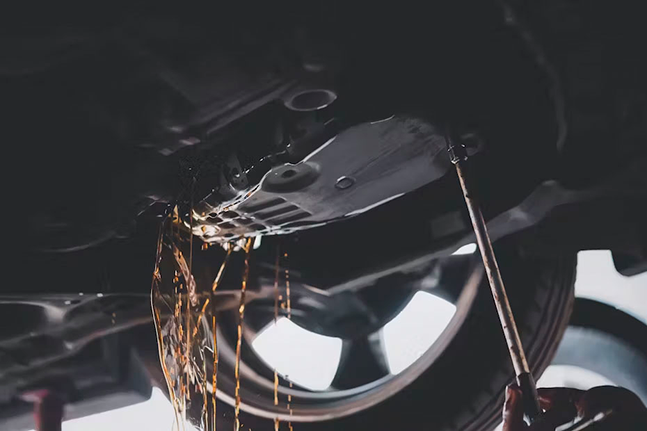What Happens to My Car After I Sell it to an Automotive Recycler?
Environmentally Friendly & Sustainable
Every vehicle, no matter how well-loved or reliable, eventually reaches the end of its useful life. When this happens, responsible vehicle owners often turn to companies that partner with automotive recyclers to ensure that their retired cars, trucks, and motorcycles are disposed of in an environmentally friendly and sustainable manner.
But, the question is, what happens to your car after you sell it? There are 6 steps to the automotive recycling process for you to consider.
The 6 Steps of the Automotive Recycling Process
Step 1. Assessment and Documentation
Upon arrival at Sell My Junk Car, the vehicle undergoes a thorough assessment. Skilled professionals evaluate the condition of the vehicle, identifying components that can be salvaged, reused, or recycled. Critical information about the vehicle, such as its make, model, year, and VIN (Vehicle Identification Number), is recorded for documentation purposes.
When you work with us, there is no need to make an appointment. We will coordinate with you to select a time when we will tow your vehicle for free to our facility.
Step 2. Fluids and Hazardous Materials Removal
The first step in the dismantling process involves removing all fluids and hazardous materials from the vehicle. This includes draining engine oil, transmission fluid, brake fluid, coolant, and other potentially harmful substances.
These fluids are harmful to the environment if they spill or leak into the ground once they are moved to the yard. If these fluids are left in the vehicles, they can also cause dangerous fires when the car is crushed.
Fluids are carefully collected and sent to specialized recycling facilities for proper disposal or recycled to be resold. For example, the washer fluid and coolant left in cars can be collected into new containers and resold.
Step 3. Dismantling and Parts Extraction
Next, the vehicle is set in an automotive recycling yard for other customers and vehicle owners to pull parts from. Vehicles sold to recyclers will donate parts to many other vehicles like cars in order to keep them on the road.
Used parts that are still in good condition, such as engines, transmissions, and electronics, serve as inexpensive alternatives to new car parts. Customers are able to come to the yard with their own tools and car knowledge that enables them to remove the parts they need from a vast inventory of cars, trucks, vans, and SUVs of all years, makes, and models. Buying recycled auto parts saves them a lot of money.
Step 4. Recycling of Metal Components
One of the most significant contributions of automotive recycling is the responsible management of metal components. After parts are extracted, the remaining shell of the vehicle, known as the “hulk,” is sent through a shredding process. This powerful machine shreds the metal into smaller pieces, which are then separated into ferrous (iron-based) and non-ferrous metals (such as aluminum, copper, and brass) using magnets and other techniques.
We partner with a premier shredding business that then sells the cleaned, bulk scrap metal to foundries, mills, and manufacturers to be utilized in the production of new products.
Step 5. Environmental Considerations
Automotive recyclers prioritize environmental responsibility throughout the entire process. This includes adhering to strict guidelines for the safe handling and disposal of hazardous materials. Additionally, many recyclers implement eco-friendly practices in their operations, such as using energy-efficient equipment and reducing waste through recycling and reclamation.
Step 6. Disposal of Non-Recyclable Materials
While a significant portion of a vehicle can be recycled, there are some materials that may not be suitable for traditional recycling methods. These materials, such as certain plastics, upholstery, and rubber, are carefully disposed of in compliance with local regulations and environmental guidelines.
Minimize Environmental Impact of End-of-Life Vehicles
The journey of a vehicle from the owner to an automotive recycler is a complex and highly regulated process. Through careful assessment, responsible handling of hazardous materials, efficient dismantling, and extensive recycling efforts, automotive recyclers play a crucial role in minimizing the environmental impact of end-of-life vehicles. By choosing this sustainable option, vehicle owners contribute to the conservation of natural resources and the reduction of automotive waste in landfills, making a positive impact on the planet.

